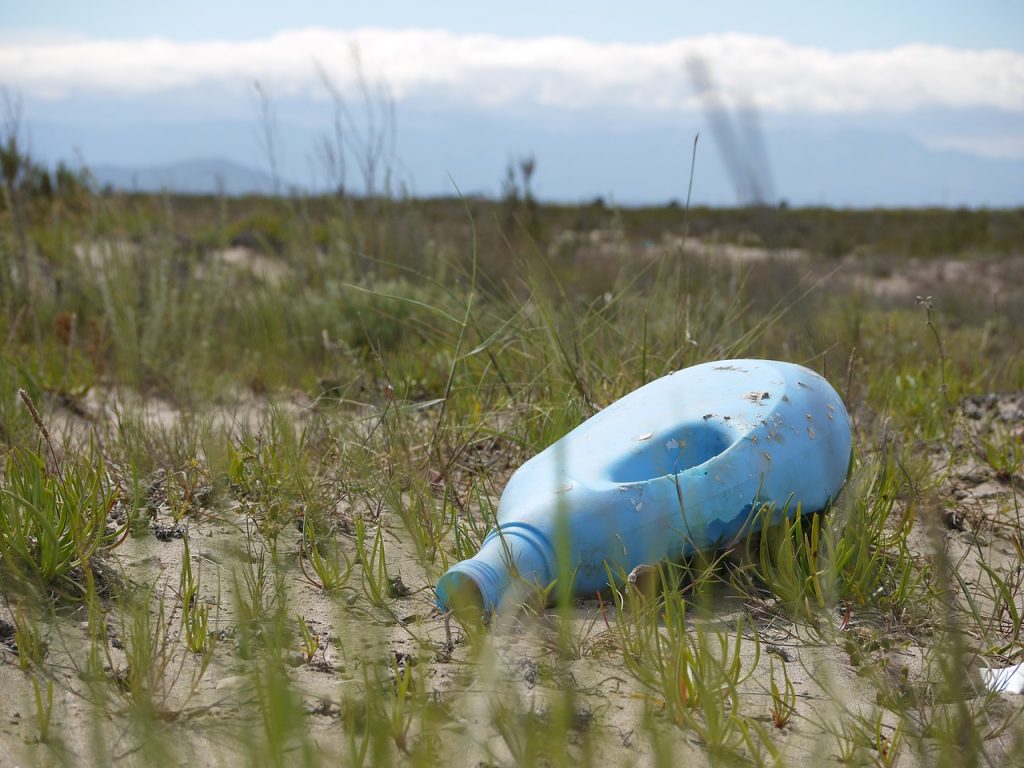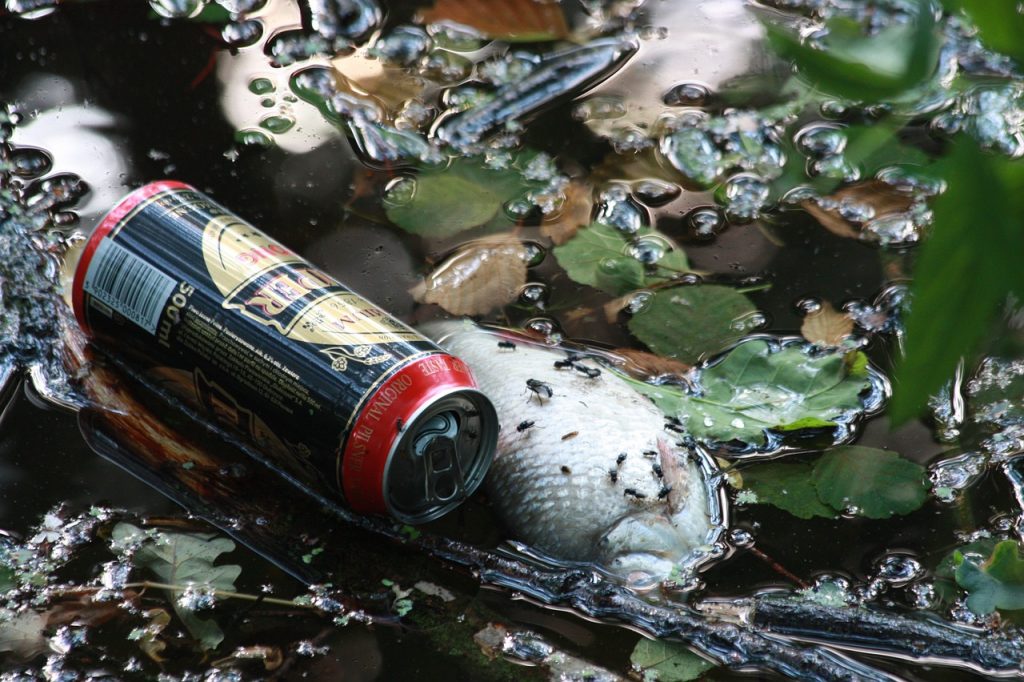We’ve all seen locations that have fallen victim to fly tipping, whether they are disused plots of land in urban areas that have been used to dump rubbish, or rural beauty spots left in a mess by passing van drivers taking the opportunity to offload waste and avoid paying for disposal.
There’s no denying that they are an eyesore, and some places such as the back of industrial units or the area below an overpass seem destined to fall victim to fly tippers again and again.
What harm does fly tipping actually do?
Aside from the obvious impact to the environment, there are economic and even health impacts to consider.
First of all, it’s important to recognise that fly tipping is more than just dumping a few excess black bags of general waste at the side of the road – although in some smaller cases this is exactly what it is.
But it can also include disposing of hazardous materials that might otherwise require controlled disposal and specialist handling, and that can mean anything from asbestos to corrosive chemicals.
It’s not just businesses that are to blame, either: in 2013-14 there was a 20% increase in fly tipping, a total of 852,000 incidents, and a massive two thirds of these included some kind of household waste, whether it was dumped by the residents themselves, or by a business acting on their behalf.
The increase in cost was even greater, a rise of 24%, and this left local authorities throughout England facing a combined bill of £45.2 million for clearing sites that had been used for fly tipping – a bill that must ultimately be paid for out of taxpayer money.
Roughly a third of all the incidents reported were quite small – equivalent to a normal van load of waste or less – but if anything, a larger number of smaller incidents is likely to take more effort to clean up than just a few larger sites.

Economic cost of fly tipping
The cost of enforcement action should be considered too, as almost 500,000 enforcement actions were undertaken by local authorities, an 18% increase over the previous year, and the associated cost of these added £17.3 million – a £2 million rise – to the total economic impact of fly tipping.
In terms of health, there are risks to humans, wildlife and plantlife too, from a number of different sources.
Environmental cost of fly tipping
Sharp materials on fly tipped sites can pose a direct injury risk to playing children, while empty cans and other packaging waste can trap small animals’ heads or otherwise jam on to their bodies, requiring human intervention to safely remove them again.
Perhaps the worst case scenario though, is when fly tipped waste contains liquid chemicals that are not securely contained, allowing them to leak out and wash into the soil or into the drainage system to reach a nearby stream or waterway.
When this occurs, the impact on aquatic life can be devastating – entire stretches of river can be ‘killed’, either by being clogged up with algae that saps the oxygen from the water, or simply by directly poisoning the plants and creatures that make the water their home.

